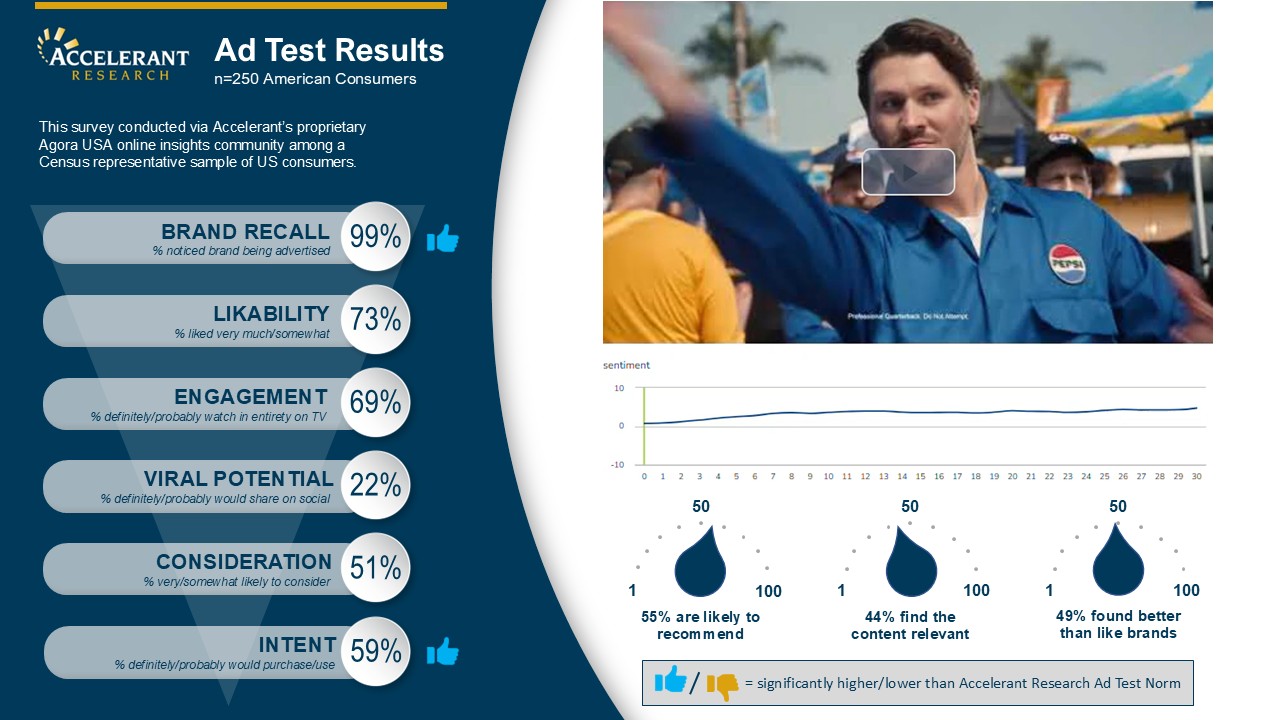In every successful organization, there comes a moment of uncomfortable truth. The core business, the engine that powered years of reliable growth, begins to show its age. The symptoms are subtle at first, then undeniable: customer acquisition costs are creeping up, marketing spend yields diminishing returns, margins are feeling the squeeze from look-alike competitors, and the innovation pipeline is producing safe, incremental improvements rather than game-changing breakthroughs.
The leadership team convenes. The central, unavoidable question is asked:
"What's our next billion-dollar idea?"
What follows is a process I've witnessed countless times from my seat in the boardroom. It's a flurry of activity—brainstorms, off-sites, SWOT analyses—that feels productive but is fraught with peril. The process is often driven by internal beliefs, technological possibilities, or a competitor's recent move. It culminates in a massive bet on a new product, a new market, or a new venture that is, fundamentally, a multi-million dollar guess.
When these guesses fail, the cost is catastrophic. It’s not just the squandered capital and resources. It’s the two years of strategic drift while competitors seize the advantage. It’s the "zombie projects" that drain organizational morale. It’s the erosion of confidence in the company's ability to create its own future.
The fatal flaw lies in the question itself. Asking "What's our next idea?" is starting the race at the halfway point. It’s the innovator’s blind spot: a deep-seated focus on solutions before rigorously understanding the problem.
Sustainable, defensible growth is never born from an idea in a vacuum. It is the direct result of identifying a significant, poorly met customer need and designing a superior way to solve it. The challenge is that these golden opportunities are never lying on the surface. They are buried deep within the context of your customers' lives, and you need a systematic, evidence-based framework to unearth and validate them.
This is the disciplined, three-phase journey we guide our partners on to transform the search for growth from a high-risk gamble into a confident, calculated strategy.
Phase 1: Deep Discovery — Mapping the "Problem-Space" with Precision
Before you can find the right answer, you must be asking the right questions. Most companies are experts on their own products but relative novices on their customers' worlds. The foundational step is to flip that script and become the world's leading expert on the problems your customers face.
This requires moving beyond traditional personas, which describe who customers are (demographics, attitudes), to understanding what they are trying to accomplish.
Our Core Framework: Jobs-to-be-Done (JTBD).
The JTBD lens posits that customers don't buy products; they "hire" them to make progress in their lives. A consumer doesn't buy a 1/4-inch drill bit; they hire it to create a 1/4-inch hole. But the real job might be "hang a shelf to display family photos," which competes with hiring command hooks or hiring a handyman. Understanding the "job," not the "product," unlocks the true competitive landscape and the full spectrum of opportunity.
The Methodology in Action: This is not a simple survey. It's a deep, qualitative immersion.
- Contextual Inquiry & Ethnography: We go into our customers’ environments—their homes, their offices, their workflows—to observe the struggles and workarounds they employ.
- In-Depth Interviews (IDIs): We conduct structured conversations designed to deconstruct a past purchase or experience, uncovering the full timeline of triggers, anxieties, and desired outcomes.
- Digital Ethnography: We analyze forums, social media groups, and review sites to capture the unfiltered language customers use to describe their frustrations and unmet needs.
The Deliverable: The output of this phase is not a list of ideas. It is a "Job Map"—a comprehensive, hierarchical diagram of every core job and the dozens of granular "micro-jobs" your customers are trying to get done within a specific domain. For each step, we identify the associated pain points, frustrations, and desired outcomes. This map becomes your canvas for innovation, revealing every crack in the current market where value can be created.
Phase 2: Rigorous Validation — Quantifying the White Space
The Job Map reveals a universe of problems, but not all problems are created equal. Pursuing a niche complaint is a recipe for low ROI. The critical next step is to overlay this qualitative map with quantitative rigor to determine which of these problems represent the most fertile ground for growth.
Our Core Framework: Opportunity Scoring.
A true opportunity exists at the intersection of what customers care about and where the market is failing them. We quantify this by systematically measuring two variables for each "job" or "pain point" identified in Phase 1:
- Importance: On a scale of 1-10, how important is it to get this job done successfully?
- Satisfaction: On a scale of 1-10, how satisfied are you with your current ability to get this job done?
The Methodology in Action: We deploy a large-scale, statistically robust survey to a representative sample of the target market. The results are plotted on a simple but powerful Opportunity Matrix.
- The "Table Stakes": High Importance, High Satisfaction. These are areas you must perform well in just to compete.
- The "Distractions": Low Importance, Low Satisfaction. Solving these problems won't create significant value.
- The "White Space": High Importance, Low Satisfaction. This is the gold. These are the underserved outcomes that customers are desperate for a better solution for. They are the problems that, if solved, will command a price premium and create fierce loyalty.
The Deliverable: The output is a Prioritized Opportunity Portfolio. You now have a rank-ordered list of the most commercially attractive problems to solve, complete with the size of the prize for each. We enrich this by running a cluster analysis to identify the specific customer segments that over-index on these unmet needs, giving you a crystal-clear picture of who your target for innovation should be.
Phase 3: Strategic Simulation — De-Risking the Path to Market
You have now identified a specific, high-value problem and the target audience that feels it most acutely. The final—and most crucial—phase is to design and validate the winning solution before a single dollar is spent on development. This is where we pressure-test concepts in a simulated market to build a predictive business case.
Our Core Framework: Choice-Based Conjoint Analysis.
This is the gold standard for strategic simulation. We don’t ask people if they like an idea—we force them to make realistic trade-offs between features, benefits, and price, mirroring real-world purchase decisions.
The Methodology in Action: We build a series of realistic concepts that represent different ways to solve the validated problem. These concepts are deconstructed into their core attributes and levels (e.g., Brand: A, B, C; Core Feature: X, Y, Z; Service Level: Basic, Premium; Price: $49, $79, $99). The analysis presents respondents with sets of competing products and asks them to choose one. By analyzing thousands of these decisions, we can mathematically derive the precise value—or "utility"—of each individual element.
The Deliverable: A Predictive Market Simulator. This is the ultimate strategic tool. It's an interactive model that allows your leadership team to run "what-if" scenarios in real-time.
- "What is our expected market share if we launch with Feature Set A at a $99 price point?"
- "How much share do we lose if our competitor drops their price by 10%?"
- "What is the optimal feature bundle for a 'Good, Better, Best' tiering strategy to maximize overall revenue?"
This simulator transforms the go-to-market strategy from an act of faith into a series of data-driven decisions, aligning the entire organization around a plan with the highest probability of success.
From Guesswork to Growth Engine
Your company's future is too important to be left to chance. The path to your next S-curve of growth is not hidden in a brainstorm, but in the unmet needs of your customers.
By embracing a disciplined process of deep discovery, rigorous validation, and strategic simulation, you can systematically dismantle risk and build a growth engine fueled by evidence. You can move from asking "What's our next idea?" to confidently declaring, "We have found a high-value problem, and here is the validated plan to solve it better than anyone else."







.png)



